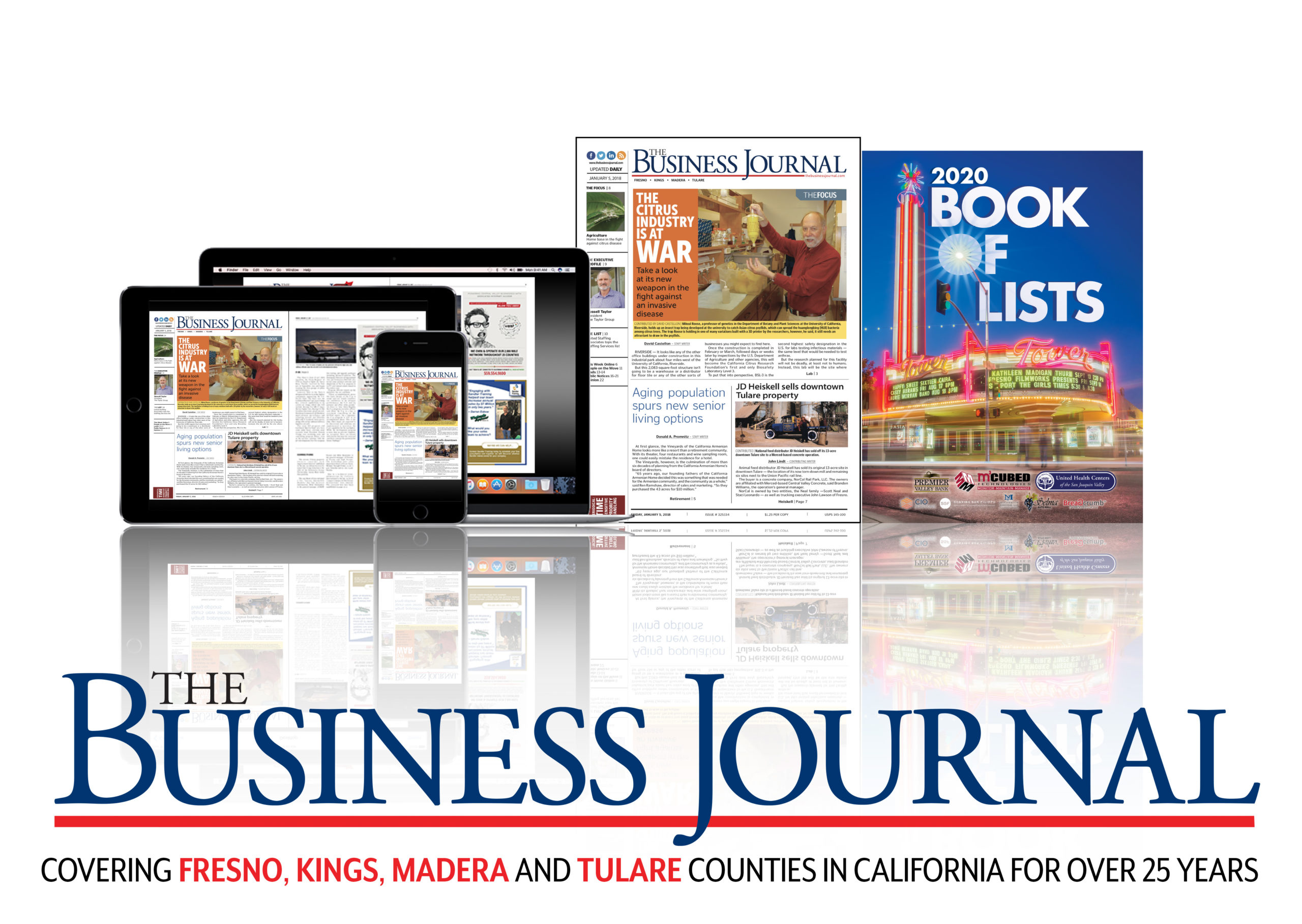
Image by Rudy and Peter Skitterians from Pixabay
Written by
Americans are drinking more, just not as much wine, according to new data from an alcoholic beverage market analyst.
Total wine consumption in the U.S. fell by 0.9% in 2009 — the first annual drop in 25 years, according to IWSR, which tracks alcohol consumption and trends.
For the fourth year in a row, beer volume in the U.S. was also down 2.3%, as was cider by 3.8%. Distilled spirits consumption was up 2.3%, and ready-to-drink products such as hard seltzer posted a whopping 49.7% bump.
Total alcoholic beverage consumption was up 0.3% in 2019, reversing a previous decline, with a value reaching $167 billion.
Wine represents about 11% of alcoholic beverage consumption in the U.S.
“The beverage alcohol industry in the US continued to innovate in 2019, especially in the ready-to-drink category, as the fight for consumption occasions intensified across all categories, something we fully expect to see in 2020 as well,” says Brandy Rand, Chief Operating Officer for the Americas at IWSR Drinks Market Analysis. “It’s also interesting to note that the value increase of beverage alcohol in the US continues to outpace volume growth, a clear indicator that US consumers are willing to pay for more premium products.”
Another notable part of the report was the surge in ready-to-drink (RTD) products, which are an $8 billion industry with volume that grew by nearly 50% last year, “thanks in large part to the tremendous popularity of hard seltzers (brand such as White Claw and Truly), which represent 43% of the total RTD category,” according to the report.
Hard seltzer volume is currently about 82.5 million nine-liter cases, forecast to triple by 2023.
The popularity of such beverages is chalked up to them being convenient, flavorful and lower in calories and sugar, according to the report.
While overall beer consumption declined last year, craft beer increased by 4.1%, while low/no alcohol beer posted a 6.6% gain. Imported beer increased by 3.1%, while domestic beer dropped 3.6%.
“The beer industry producers are diversifying by entering new categories — such as hard kombucha, hard seltzer, canned cocktails, and even spirits — to meet growing consumer demand for both convenience and better-for-you beverages,” says Rand.
The ISWR report also includes data on the growing e-commerce market for alcohol in the U.S., expected to have reached $3 billion last year. That was led particularly by wine sales, which have relatively fewer state-level restrictions, according to the report.
By 2024 alcohol e-commerce is expected to reach an estimated value of $13.4 billion.
“Online shopping in the US is a $755bn industry, and though alcohol represents a relatively small portion of that today, it’s expected to explode in the coming years,” said Adam Rogers, North America Research Director at IWSR. “Clearly, beverage alcohol brands and retailers should have strong ecommerce strategies in place to profit from this important shift in consumer purchase preference.”








